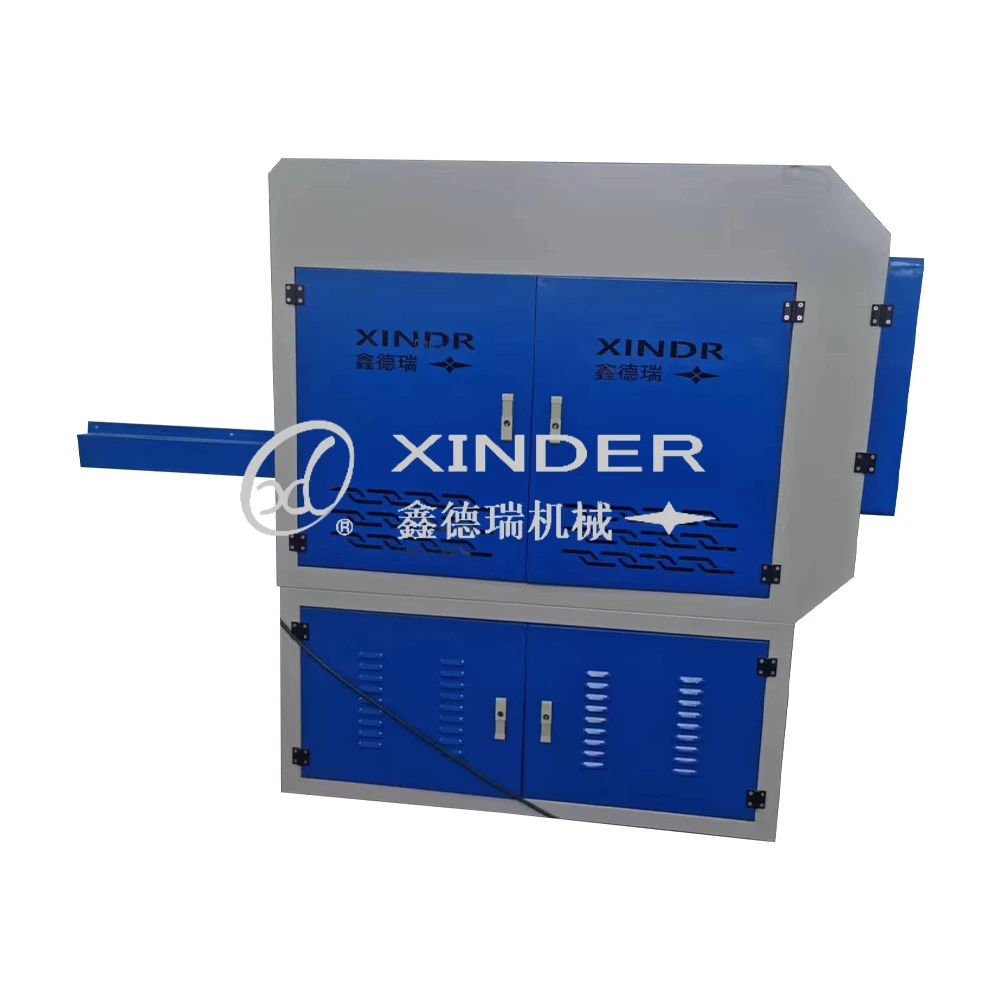Laser Welding Equipment
What Is Laser Welding Used For?
Laser welding is a high-precision welding technique used to join metal or thermoplastic parts using a focused laser beam. It’s widely applied in industries that require clean, strong, and accurate welds with minimal heat distortion. The process is especially useful for complex geometries, thin materials, and tight tolerances.
In the automotive industry, laser welding is used for car body panels, battery modules, and transmission components due to its speed and reliability. In electronics, it enables the assembly of miniature components like sensors, connectors, and metal casings without damaging heat-sensitive parts. The medical device industry uses laser welding for surgical instruments, implants, and pacemaker housings, where precision and biocompatibility are critical. Aerospace and defense applications include turbine components, fuel systems, and structural assemblies requiring high strength and accuracy.
Laser welding is also used for jewelry, watchmaking, and tool repair, where aesthetic finish and localized heat control are essential. Because it produces narrow, deep welds with minimal spatter and no filler material, laser welding is ideal for automation and robotic integration in high-volume manufacturing.
Laser Welding Machine Working Principle
The working principle of a laser welding machine is based on using a highly focused laser beam to generate intense heat at the joint between two materials, usually metals. When the laser beam strikes the surface, its energy is absorbed and converted into heat, melting the base materials in a very small, controlled area. As the molten metals cool and solidify, they form a strong weld.
Laser welding typically uses fiber, CO₂, or Nd:YAG lasers. The type of laser and its wavelength determine how deeply the heat penetrates and how suitable it is for various materials. There are two main welding modes: conduction welding, which uses lower energy and creates shallow, wide welds; and keyhole welding, which uses high energy to form deep, narrow welds with high strength.
The system consists of a laser source, focusing optics, motion control (robotic arm or CNC), and often a shielding gas supply to prevent oxidation. High precision and repeatability are achieved through automated control of laser power, pulse duration, and beam movement.
Laser welding machines are widely used in industries requiring fast, clean, and non-contact welding, with minimal distortion and high-quality results.


